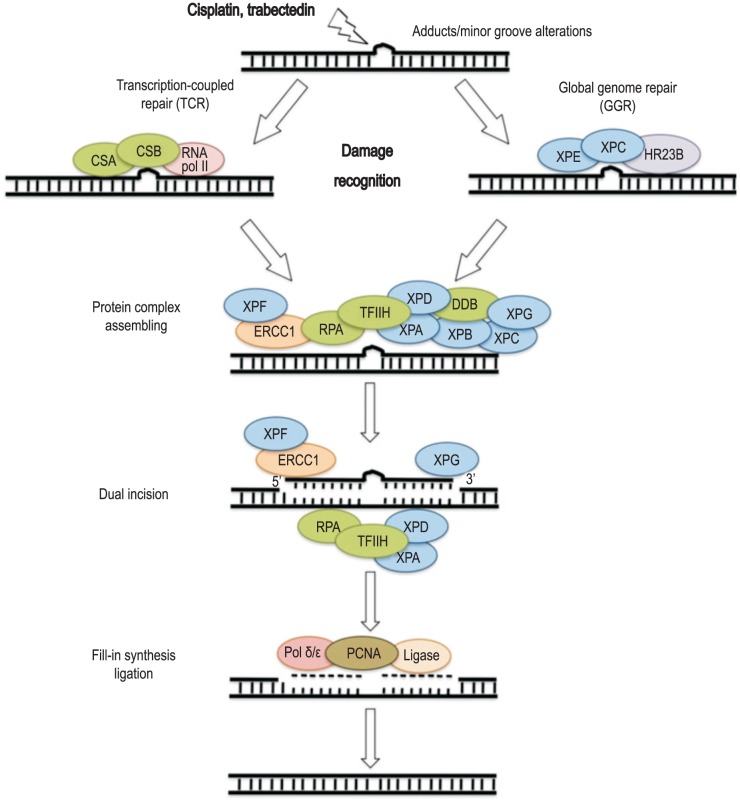Figure 1. Nucleotide excision repair (NER) mechanism.
NER is a particularly important mechanism by which the cell can prevent unwanted mutations by removing the vast majority of DNA damage that is produced by platinum-based therapies such as trabectedin. The recognition of these distortions leads to the removal of a short single-strand DNA segment that includes the lesion, creating a single-strand gap in the DNA that is subsequently filled in by DNA polymerase by using the undamaged strand as a template. NER can be divided into two subpathways (global genomic NER and transcription-coupled NER), which differ only in their recognition of helix-distorting DNA damage (see the text for details). CSA, Cockayne syndrome A; XPE, xeroderma pigmentosum, complementation group E; HR23B, RAD23 yeast, homolog B; ERCC1, excision repair cross-complementation group 1; RPA, human replication protein; TFIIH, transcription factor II human; DDB, damaged DNA-binding protein; PCNA, proliferating cell nuclear antigen.

